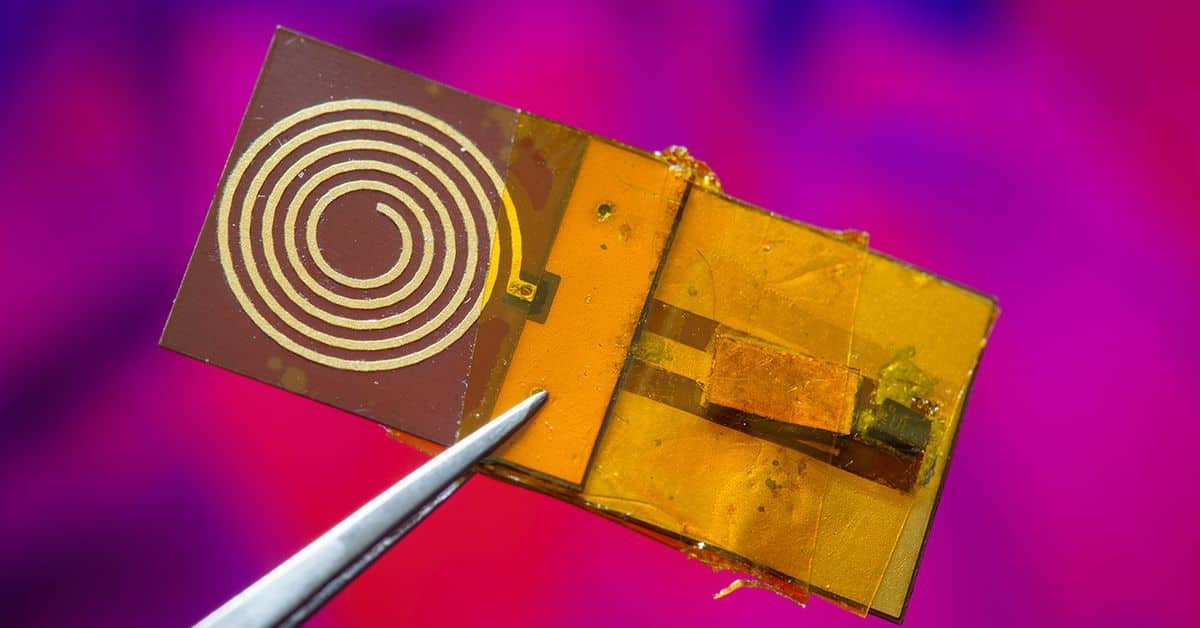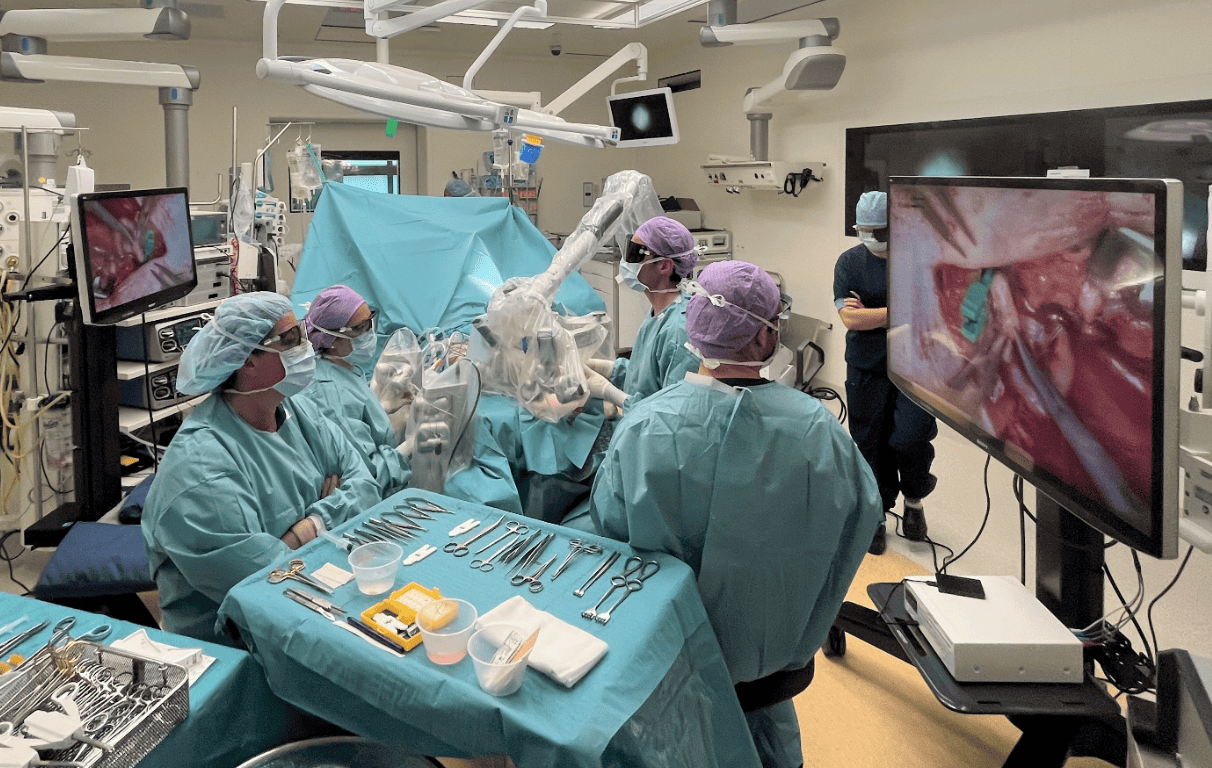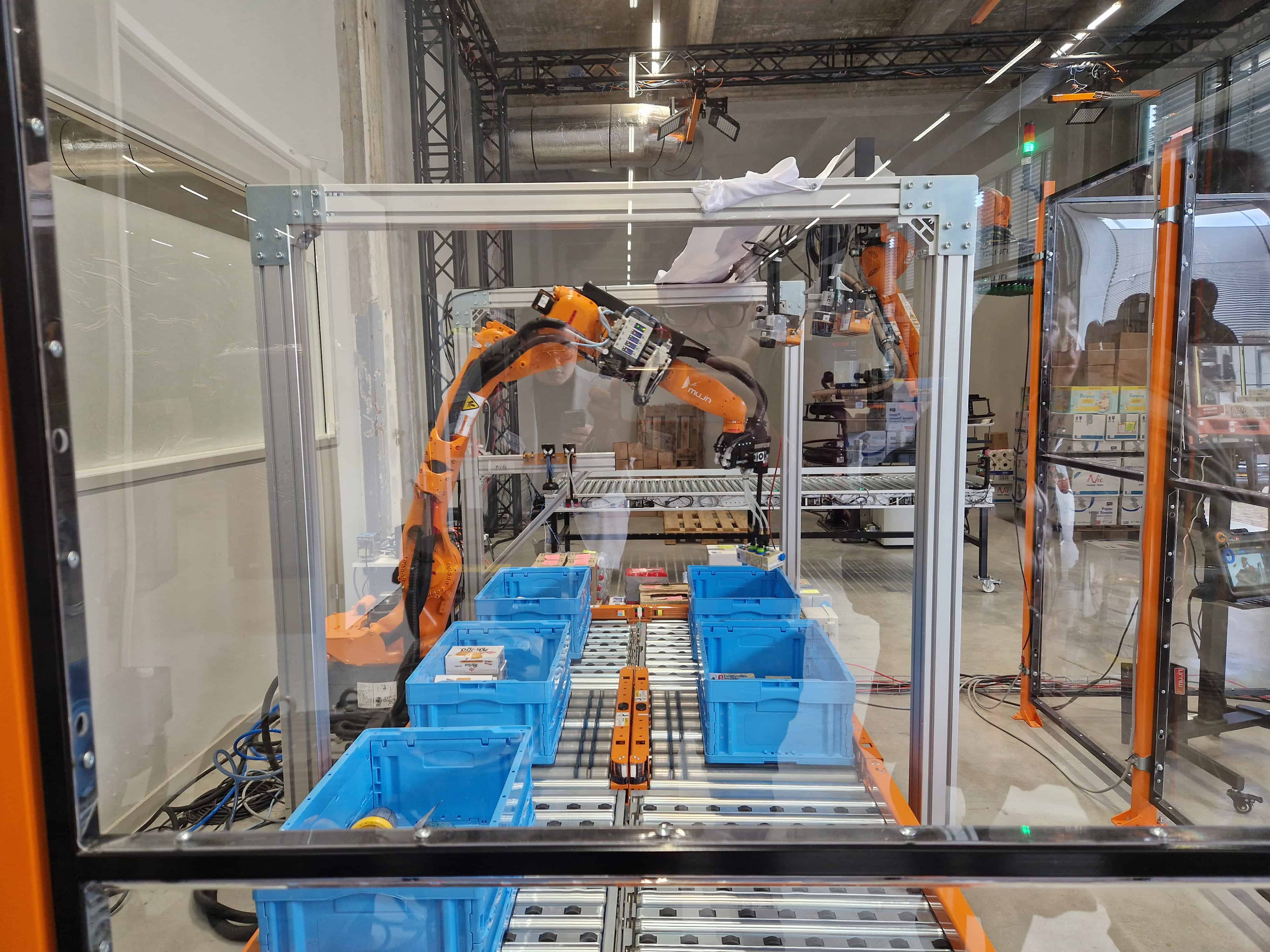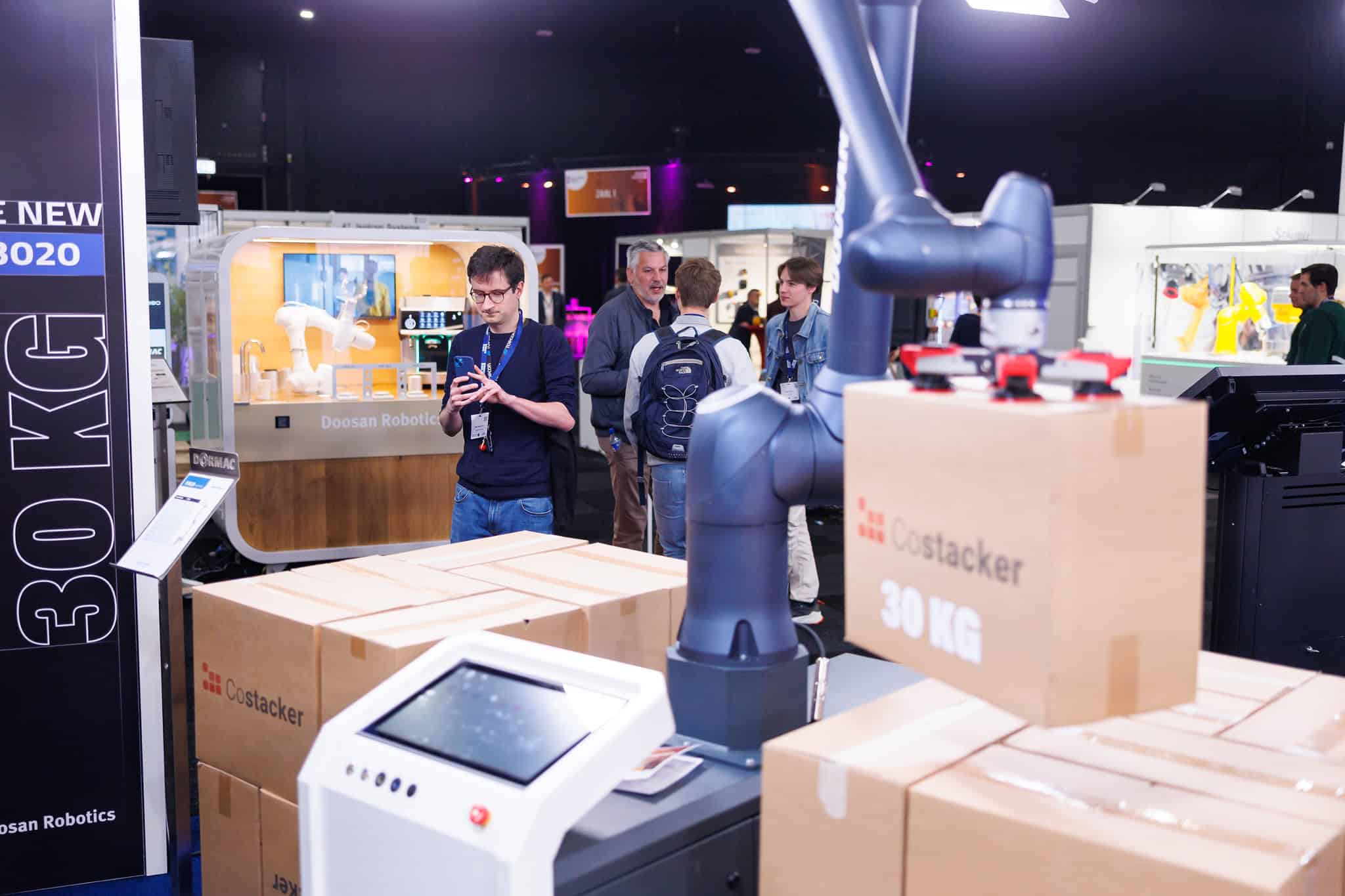
Engineers from the University of California San Diego have made a groundbreaking discovery, creating electronic stickers that can measure the force between two touching objects. These stickers, which are wireless and battery-free, promise to revolutionize a wide array of fields, from robotics to virtual reality and from healthcare to industrial safety.
- Engineers created wireless, battery-free electronic stickers to measure force between objects, promising applications in robotics, VR, and healthcare.
- Stickers’ ability to fit in tight spaces broadens potential uses, like monitoring knee implant fit and wear.
- The technology could transform industries significantly by making devices more intuitive and interactive.
One of the standout characteristics of these stickers is their ability to fit into tight spaces. This unique feature broadens their application possibilities, allowing them to be utilized in places where conventional technology may not be suitable. The stickers could be used in knee implants, for instance, to measure the force that the implant exerts on the joint. This ability to sense force changes could prove invaluable in monitoring the fit of the implant, as well as its wear and tear over time.
A miniature scale for inventory management
Another intriguing application of these force stickers is in inventory management. The stickers could be attached to the bottom of warehouse packages, acting as mini scales to measure the weight of their contents. This could potentially revolutionize inventory management in warehouses, improving the accuracy and efficiency of the process.
This technology not only offers practical applications but also promises to enhance human interaction with electronic devices. As Dinesh Bharadia, a professor of electrical and computer engineering at the UC San Diego Jacobs School of Engineering, explains, these stickers could make technology more intelligent, interactive, and intuitive.

Forces in the virtual world
The impact of this technology extends to the world of virtual and augmented reality as well. The force stickers could elevate the immersive experience of VR and AR, enabling users to interact more seamlessly with the virtual environment. This could pave the way for more realistic and engaging virtual experiences, thereby enhancing the overall user experience.
By equipping robots with a sense of touch, these stickers could also make the interaction between humans and robots more intuitive and natural. This would make robots more user-friendly and improve their performance in tasks that require a delicate touch, such as surgical procedures.

Future implications of the technology
While the discovery is already impressive, the full potential of this technology is yet to be realized. It is clear, however, that these electronic stickers could bring about a significant transformation in many industries. As Bharadia puts it, providing this force-sensing ability to electronic devices and medical implants could be a game-changer.
The development of this technology is a testament to the continuous advancements being made in the field of electronics and engineering. As we progress, it will be interesting to see how this technology evolves and how it will be utilized in various sectors to enhance our interaction with the world.








